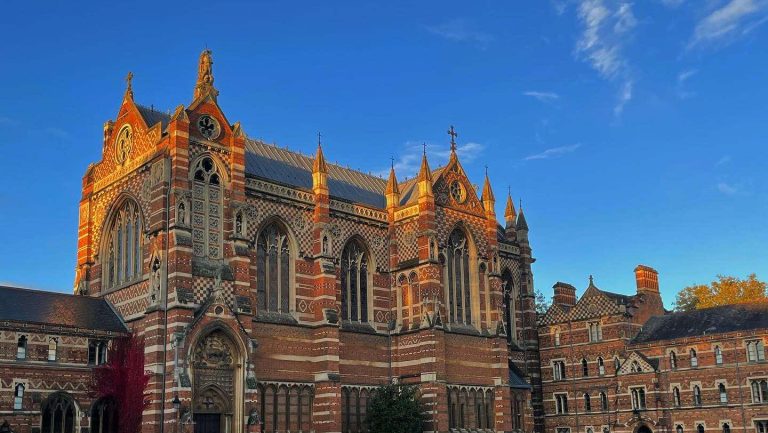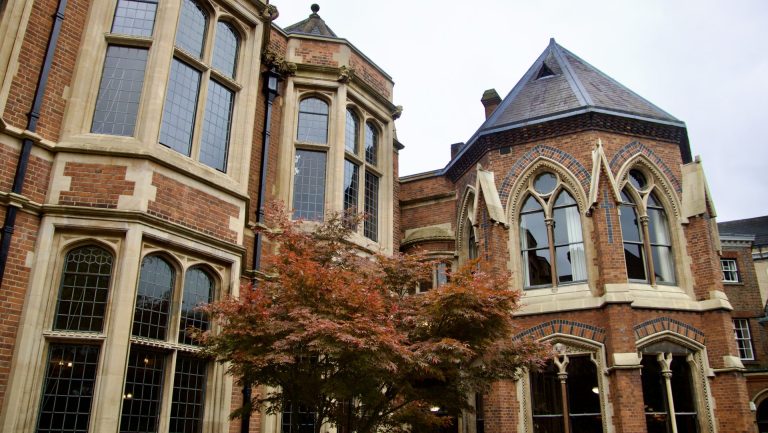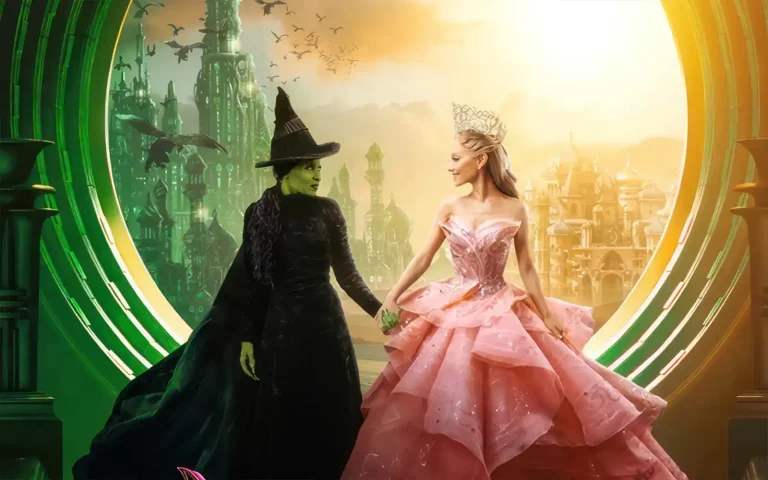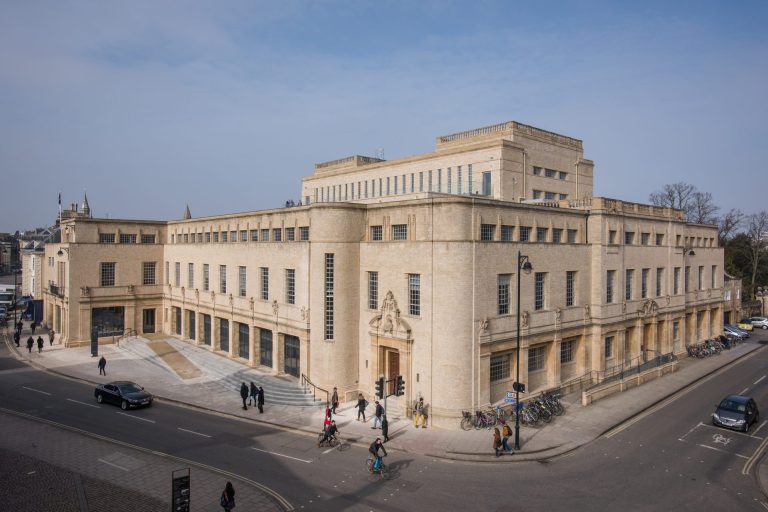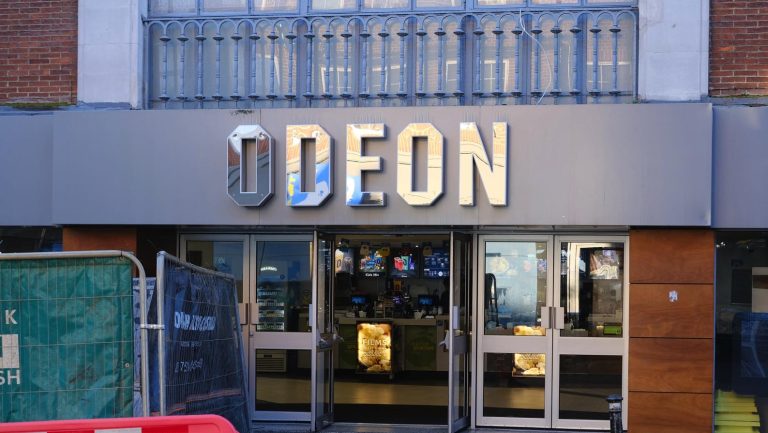Unless you’re among the pedants who insist that the millennium began in 2001, this year marks a quarter-century since humanity celebrated the second millennium of the Gregorian calendar. For the world, these 25 years have been defined by key developments such as the September 11 attacks, the sudden spread of mobile phones, and the COVID-19 pandemic. For Oxford, however?
At first glance, little has changed: it remains a world-class university as it has for centuries. But on closer inspection, there exist many noteworthy changes less visible to students; after all, the typical reader is under 25 years old and leaves Oxford within half a decade. Just how has the 21st century treated one of the world’s most ancient universities?
Perhaps it is the misguiding allure of attending a college over twice as old as the United States, but I find it staggering how much of Oxford is still physically evolving. This quarter-century has given us two new colleges: Green Templeton College was established in a merger, rising from the ashes of Green College and Templeton College in 2008, and Reuben College started accepting students just a few years ago in 2021. Conversely, permanent private halls (PPHs) have thinned in number, with Greyfriars, St Benet’s Hall, and St Stephen’s House each losing their PPH status in 2008, 2022, and 2023 respectively.
Department buildings tell a similar story. The past 25 years have given us superb educational facilities, such as the Andrew Wiles Building, the Blavatnik School of Government, and the current site of Saïd Business School. But a crucial distinction sets the former building apart from the latter two. Sir Andrew Wiles, a professor of Mathematics at Oxford, famously proved Fermat’s Last Theorem – a problem that remained unsolved for centuries.
Appropriately, the Andrew Wiles Building (home to the Oxford Mathematical Institute) bears his name in recognition of his extraordinary academic achievement. On the other hand, Leonard Blavatnik and Wafic Saïd are billionaire philanthropists, known for questionable ties to governments worldwide. Blavatnik has faced scrutiny for his associations with Russian oligarchs, and is the recipient of personal sanctions imposed by Ukrainian president Volodymyr Zelenskyy; Saïd is known for the lucrative Al-Yamamah arms deal between the United Kingdom and Saudi Arabia, worth £40 billion.
Indeed, morally dubious donors have proven to be a trend in recent years. The list does not end with Blavatnik or Saïd: the Stephen A. Schwarzman Centre for the Humanities was funded by £185 million in donations from the eponymous patron, best known as the CEO of Blackstone. Accordingly, the student body has exhibited a keener awareness of the University’s funding and investments, throughout the quarter-century. From protestors occupying the new Saïd Business School building upon its opening in 2001, to students pressuring the University to divest last year, financial scrutiny has clearly become more prominent than ever.
The student body composition provides intriguing statistical trends: in 2006, around one eighth of undergraduates were international students, a figure rising to one fifth by 2023. Moreover, the proportion of non-EU students approximately doubled from 8% to 16%. Whatever the next quarter-century holds for Oxford alumni, its reach will certainly be felt worldwide.
Apart from the sustained level of prestige (people are impressed when you tell them where you study, yes?), the perception of Oxford has jumped rather sporadically these past 25 years. Consider the medium of film: the year 2001 commenced the Harry Potter film franchise, which has given us many a gaggle of tourists, and at least two merchandising shops. Within the same period, Oxford was painted in a somewhat less pleasant tone by Saltburn.
This aptly captures the dichotomous public perception of Oxford – on one hand, it is a place of academic excellence and the quaint city of dreaming spires, yet on the other, it is an incessant sleazefest for the elite. Given that the modal Briton has not attended a university, who could blame them for thinking such a reasonable thing? Across the quarter-century, Oxford produced 15 Nobel Laureates from its alumni and staff, and one Fields medallist. Billions of doses of the Oxford-AstraZeneca vaccine were distributed around the world. And yet, a commonly parroted perception of Oxford has little to do with academia.
The elephant in the room is a matter of political leadership – this nation has had eight prime ministers since 2000, and seven of them are Oxford graduates (in case you’re wondering, Gordon Brown earned his MA and PhD at Edinburgh). Few things can spell out a university’s prominence as blatantly as a history of national officeholders. Perhaps more interestingly, Oxford was where several prime ministers earned their political stripes: notably, Boris Johnson – via ruthless campaigning – was president of the Oxford Union, and Liz Truss was president of the Oxford University Liberal Democrats within her first year.
This remains a constant in British politics. Since 1945, every prime minister that graduated from an English university was once an Oxford student. Last decade, ‘elitism’ became a particularly touchy subject for our politicians, with haunting tales of the Bullingdon Club reminding the nation just how out of touch our leaders can be. It did not matter to the public whether or not ‘Piggate’ happened, it was simply believable. However, this streak of Oxford alumni will likely break soon; Keir Starmer and Ed Davey are the only party leaders with an Oxford education, after all.
So, the quarter-century largely ends as it began in Oxford. An Oxonian is prime minister, the University’s chancellor is a baron, academic accomplishments remain superb, and our financing is still amoral at best. If any change naturally occurs at Oxford, it will inevitably be slow; the University’s history of success ensures that the status quo is peculiarly treasured. But a resistance to change comes with the concomitant risk of falling behind. Oxford is an establishment that highly benefits its students; it is our moral obligation, as future alumni, to uphold a legacy we can be proud of.
Have an opinion on the points raised in this article? Send us a 150-word letter at [email protected] and see your response in our next print or online.


